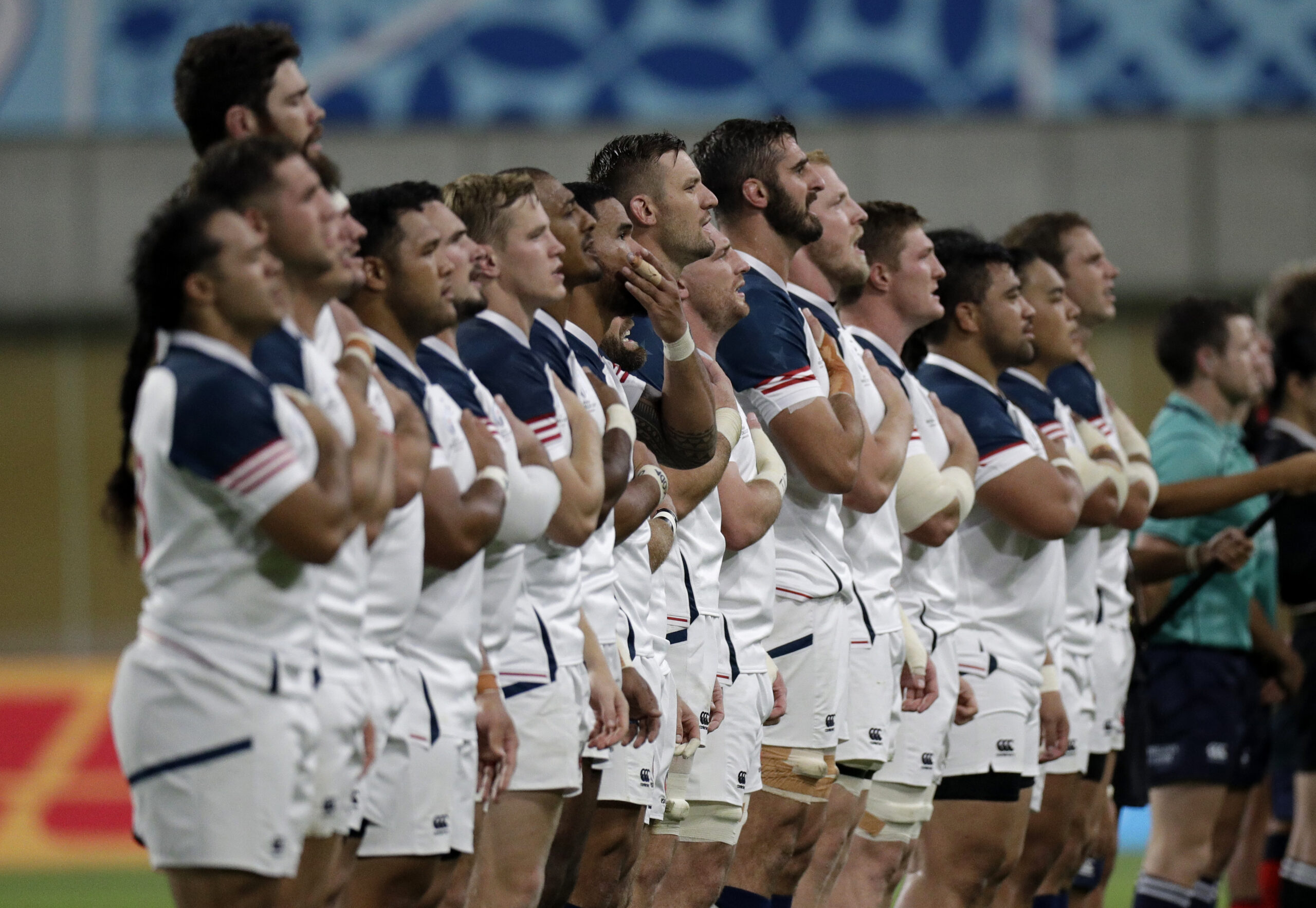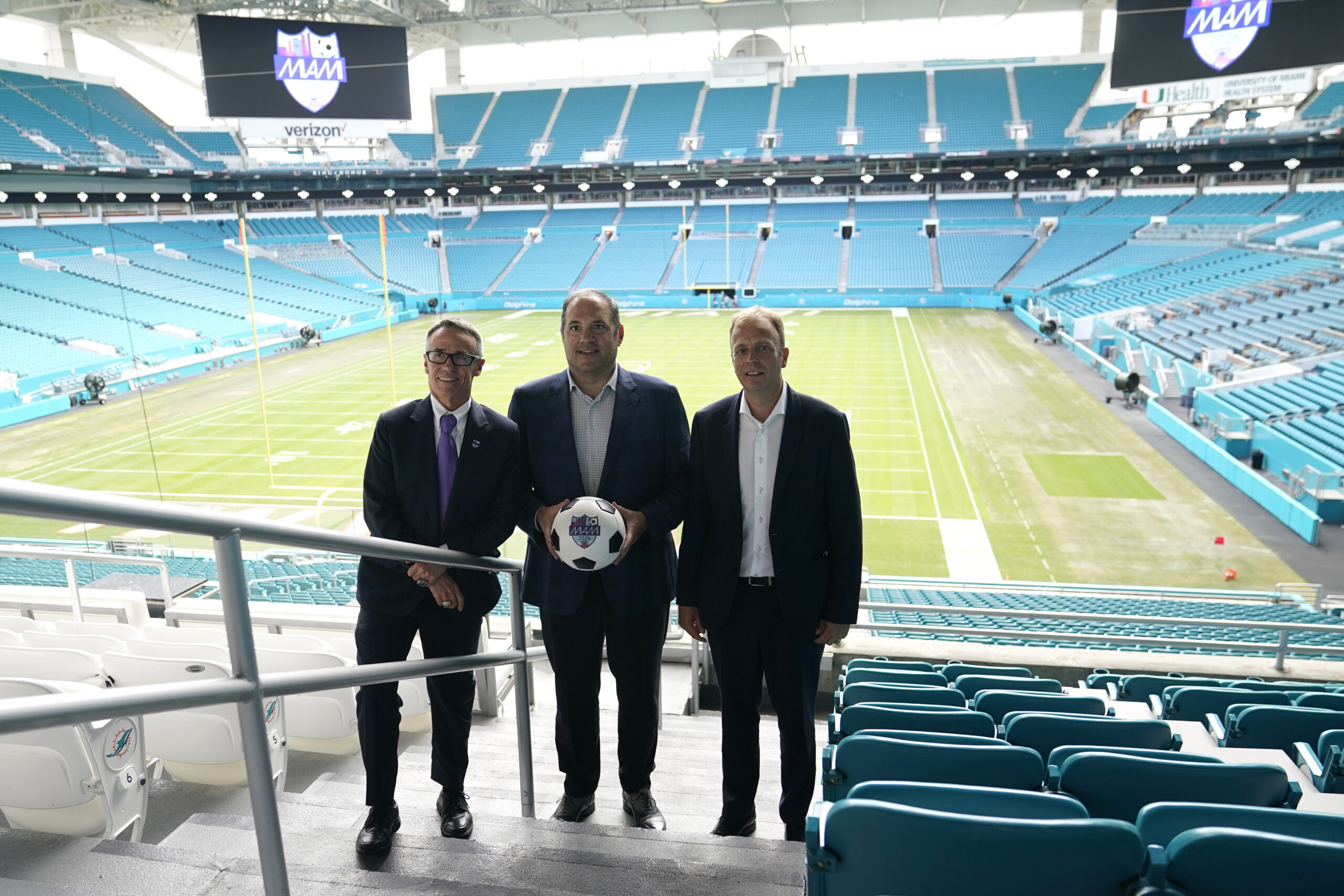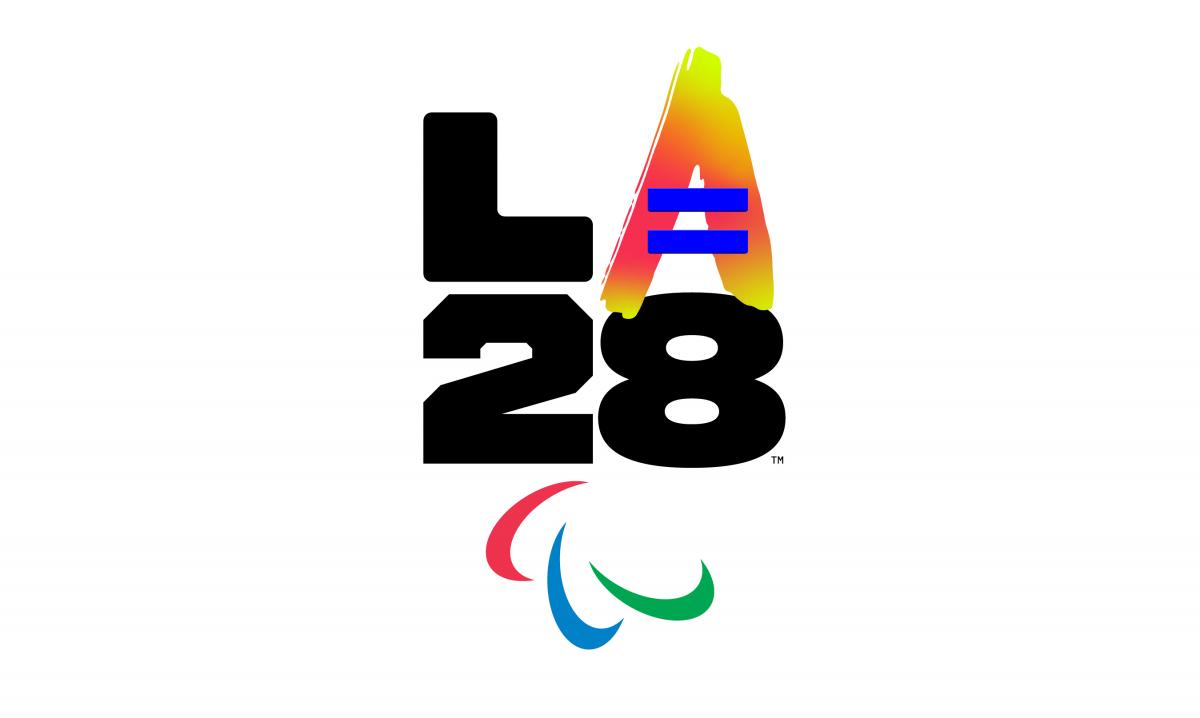
For the next decade, there may not be a season where a sports fan cannot enjoy a major international sporting event to travel to within the United States.
This past summer alone saw World Athletics host the world track-and-field championships in the United States for the first time at the renovated Hayward Field in Eugene, Oregon, while Birmingham, Alabama, hosted The World Games for that organization’s U.S. debut. This winter will see the World University Winter Games visit Lake Placid, New York, and there’s still the T20 Cricket World Cup in 2024 co-hosted by the U.S. and West Indies, the 2026 FIFA World Cup, 2028 Olympic and Summer Games, two Rugby World Cups and new Formula One races coming within the next decade.
“If you’re in the global space and you want to be relevant in the global landscape, you have to be relevant in the United States,” said 3 Emerald Marketing’s Michael Lynch, a veteran of the international sports marketing landscape. “And you have to attract the attraction of the U.S. consumer and the U.S. business community. That’s why F1 is taking the U.S. by storm now.”
Sponsored Content
For some of the upcoming events, it will be their first time in the United States. For others, it will be the first time in decades. But more than any time in recent history, there is an international sports boom in the United States thanks to a mix of ready-made venues, destinations wanting to broaden their tourism and international federations that look to the U.S. both to boost commercial revenue and brand awareness.
“I do think it’s cyclical,” said Jim Brown, who was USA Rugby World Cup bid committee chair for the 2031 and 2033 Rugby World Cup events and also helped land the 2026 FIFA World Cup in North America. “(The Olympics specifically), I think the time is right for North America after it’s been in Asia most recently and Europe.”
The Commercial Aspect
Brown most recently was bid chair for USA Rugby, which was awarded the 2031 Rugby World Cup and 2033 Women’s Rugby World Cup. The awarding of those tournaments is part of USA Rugby and World Rugby using the years-long leadup to work on driving investment, access and diversity in the sport throughout the country.
“There’s no doubt that when we look at the opportunity to grow the game around the world, the two biggest growth opportunities are the U.S., the most addressable opportunity for us as a sport, and the women’s game,” World Rugby Chief Executive Officer Alan Gilpin said when awarding the 2031 and 2033 events. “When you start putting those things together, it genuinely is a bit of a no-brainer.”
“For USA Rugby and World Rugby to build that in the U.S. while increasing athlete participation for both men and women, it’s a grand slam,” Brown said. “If they can get both of those done within the parameters of hosting the World Cups in ‘31 and ‘33, they would have achieved something huge not only for the sport in the U.S. but worldwide.”
Lynch points to the strategy of Liga MX in recent years as an astute way to grow its brand in the United States. With the Mexican national team being extremely popular in the States, more Liga MX clubs are taking part in friendlies throughout the country against Major League Soccer teams, which grows the branding for both leagues and builds toward the 2026 FIFA World Cup in North America.
Lynch also said being an “American” sport is not a necessity: “How many American drivers are on the F1 circuit that are doing exceptionally well? The last men’s World Cup, we didn’t qualify. You bring those major events here and lo and behold, the chance for those sports to grow exponentially means more dollars from corporate and media rights companies.”
There is one caution, he added: “If you don’t come here and don’t bring the very best, then you’re basically disadvantaged for growing your fan base in what is a very competitive sports landscape.”

A Benefit to Destinations
One of the other key reasons that international federations are interested in having events here is the venue marketplace. As Brown said, “from a facility side of things, commercially and expense-wise, the U.S. is extremely attractive to any international federation.”
And with sustainability becoming more of an emphasis along with the accompanying cost controls, being in the U.S. becomes even more attractive.
“We are blessed with the great facilities and it’s kind of carved out this multi-sport niche for us,” said David Galbaugh, vice president of sports sales and marketing for the Greater Birmingham CVB in Alabama, which this summer hosted The World Games. “When the IWGA came in for the site visit back in October 2014, the first thing they said was, ‘Hey, you’ve got all the facilities to host the Games right now’ even though the event was eight years away.”
Even for destinations that have venues built for local use by professional teams, those venues then turn into marketing opportunities should franchises think beyond the U.S. borders. Thanks to Lynn Family Stadium’s opening in 2020, the NWSL’s Racing Louisville FC recently hosted the second annual Women’s Cup with teams from Italy, Japan, Mexico and England competing along with Racing and another NWSL franchise, the OL Reign.
“You’ve got some of the best women’s soccer players in the world that are playing matches here in Louisville for the second year in a row that we never would have had the opportunity to host,” without the new venue, Louisville Sports Commission Director of Sport Development Greg Fante said. “That in and of itself is an enormous international branding opportunity. Having that reach from Louisville to potential travelers and potential tourism visitors in Italy, Tokyo, England and Mexico City — it’s huge for us.”
These events also help destinations of all sizes. Two-time Winter Olympic host Lake Placid, New York, with its population of 8,000, will host the 2023 World University Winter Games with 2,500 athletes from 50 nations competing in mid-January. The event is expected to bring more athletes to Lake Placid than the 1980 Olympic Winter Games while showcasing around the world more than $400 million invested in upgrading facilities.
“We now have ski jumps that are unparalleled in the world,” said Jim McKenna, president and chief executive officer of the Lake Placid Convention and Visitors Bureau. “(The World University Winter Games) was identified as a realistic multisport winter event that we could host and it would allow us to really look at our sports venues, bring them up and beyond international standards, and be a catalyst for community housing and community infrastructure.”
With all the major events coming to the U.S., especially for those planned out years in advance, the chance to have tertiary events in their destinations can be a benefit in and of itself — whether it’s part of the leadup for LA28, the World Cup or more.
“We’ve never been more excited and prepared for international opportunities,” said Jason Siegel, president and chief executive officer of the Greater Orlando Sports Commission. “It is a space that we are hyper focused on in the future. Especially with the Olympics coming to U.S. soil in 2028, we are keenly aware about the return of investment for international visitation.”
The Olympic Influence
 And with respect to all of the events, two stand out from the crowd — the 2026 FIFA World Cup and the 2028 Olympic and Paralympic Summer Games in Los Angeles, only the second time since 2000 that a Games will be in the United States.
And with respect to all of the events, two stand out from the crowd — the 2026 FIFA World Cup and the 2028 Olympic and Paralympic Summer Games in Los Angeles, only the second time since 2000 that a Games will be in the United States.
“I have been really impressed by the progress and creativity of the LA28 team,” International Olympic Committee Thomas Bach said during a recent visit to Los Angeles. “They are using the power of the Olympic Games to inspire young people to get involved in sport. … From the very start, the LA28 project has embedded the essence of Olympic Agenda 2020 reforms in everything they do. It will help to bring new fans to Olympic sport and leave a sporting legacy for generations to come.”
And for those marquee Olympic sports, landing a bigger U.S. presence in the years leading to LA28 is an emphasis.
“For the Games to really work, the U.S. needs a really powerful track-and-field presence,” World Athletics President Sebastian Coe said during the World Championships In Eugene. “You have the best athletes in the world. You have all those other assets. And we have to make sure that people understand a whole heap more about our sport by the time we get to 2028.”
There are challenges ahead of 2028 for international events to sink into the U.S. fan consciousness. The World Athletics Championships in Eugene, according to The Oregonian, averaged 10,506 per session, about two-thirds to capacity.
“The U.S. has its challenges for us and we’ve been completely open about that,” Coe said. “But being here is really important.”












 Copyright © 2025 by Northstar Travel Media LLC. All Rights Reserved. 301 Route 17 N, Suite 1150, Rutherford, NJ 07070 USA | Telephone: (201) 902-2000
Copyright © 2025 by Northstar Travel Media LLC. All Rights Reserved. 301 Route 17 N, Suite 1150, Rutherford, NJ 07070 USA | Telephone: (201) 902-2000